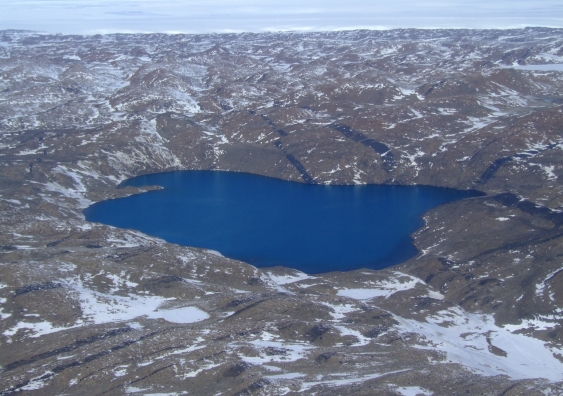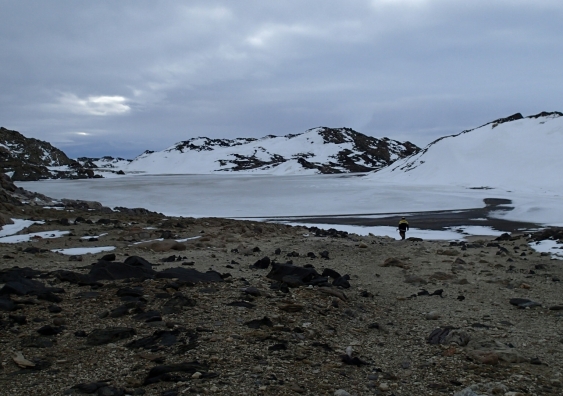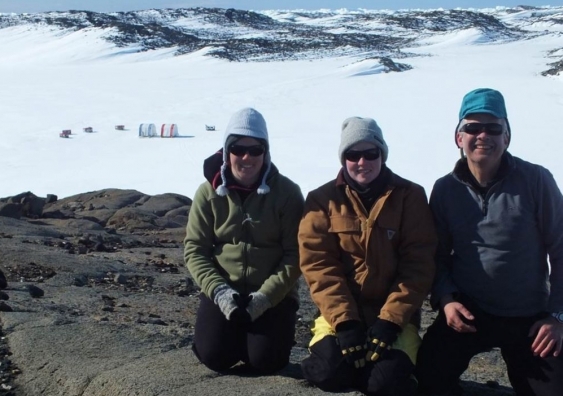Antarctic salt-loving microbes provide insights into evolution of viruses
UNSW Sydney scientists studying microbes from some of the saltiest lakes in Antarctica have discovered a new way that the tiny organisms can share DNA that could help them grow and survive.




